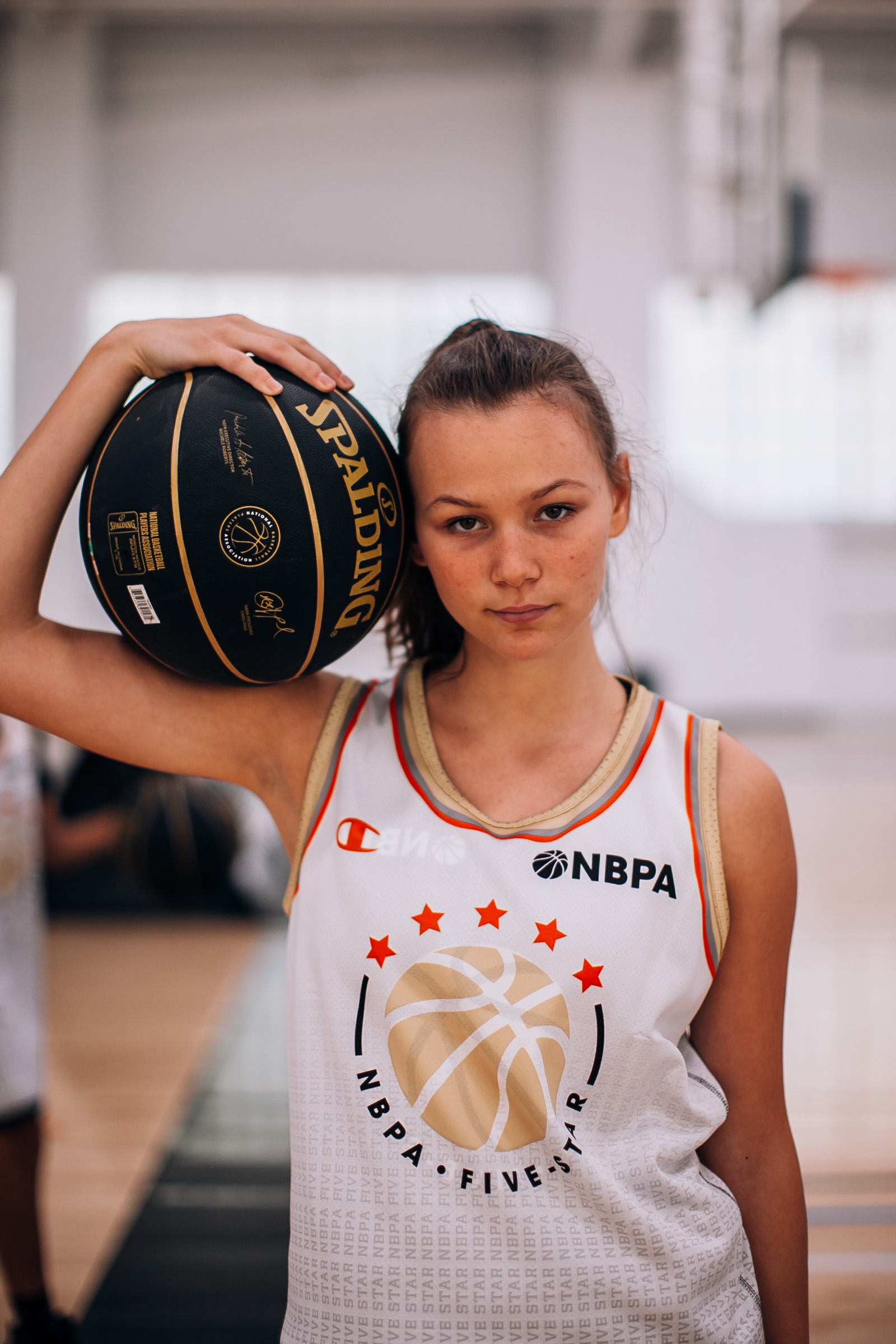Common Sports Injuries – Fact vs Fiction: Are Female Athletes More Prone to Injury?
Bone Stress Injuries - Fact
These types of injuries are also known as stress reactions or stress fractures and are an overuse injury from repetitive microtrauma. Female athletes appear to be at higher risk for these injuries. Risk factors include previous injury, older age, participation in cross county, a history of abnormal or missed period (oligomenorrhea/amenorrhea)1.
ACL Injury - Both
The anterior cruciate ligament or ACL is the key stabilizing ligament of the knee and prevents the shin bone (tibia) from sliding forward on the thigh bone (femur). NCAA data demonstrates that a higher number of ACL injuries occur in male athletes (because of football) but the rate of ACL injury (injury per athletic exposure) was highest in women’s gymnastics, basketball, and soccer. Risk factors for female athletes include1:
anatomic factors, such as a smaller ligament size
biomechanics factors, such as increased rotation of the knee
hormonal factors, such as changes in hormone levels such as estrogen can lead to increased ligament laxity
Anterior Knee Pain – Fact
Anterior knee pain, otherwise known as patellofemoral pain, occurs in women 2 to 3 times more often than in men. The exact cause of patellofemoral pain is unknown and indeed may be caused by many factors. Potential risks may include lower cartilage thickness in women, lower extremity strength, or increased stress forces on the knees during activity3.
Shoulder Dislocation – Fiction
Research has shown that traumatic shoulder dislocations occur twice as often in males as in females. In addition to males having a higher risk of traumatic shoulder dislocation, they also have a higher risk of developing recurrent shoulder instability after the initial traumatic dislocation4.
Concussion – Both
A recent study by several of my colleagues at the Hospital for Special Surgery found that while female athletes were at a lower risk of player-contact-induced concussions, they were at higher risk of concussions due to ball or equipment contact. The sports that were included in the study were lacrosse, basketball, ice hockey, and soccer2. Decreased neck strength and stability has been cited as a risk factor. Hormonal differences may also be to blame but the exact effect remains unclear1.
Lin CY, Casey E, Herman DC, Katz N, Tenforde AS. Sex Differences in Common Sports Injuries. PM R. 2018 Oct;10(10):1073-1082. doi: 10.1016/j.pmrj.2018.03.008. Epub 2018 Mar 14. PMID: 29550413; PMCID: PMC6138566.
Ling DI, Cheng J, Santiago K, Ammerman B, Jivanelli B, Hannafin J, Casey E. Women Are at Higher Risk for Concussions Due to Ball or Equipment Contact in Soccer and Lacrosse. Clin Orthop Relat Res. 2020 Jul;478(7):1469-1479. doi: 10.1097/CORR.0000000000000995. PMID: 31651591; PMCID: PMC7310326.
Dutton RA, Khadavi MJ, Fredericson M. Patellofemoral Pain. Phys Med Rehabil Clin N Am. 2016 Feb;27(1):31-52. doi: 10.1016/j.pmr.2015.08.002. PMID: 26616176.
Carter CW, Ireland ML, Johnson AE, Levine WN, Martin S, Bedi A, Matzkin EG. Sex-based Differences in Common Sports Injuries. J Am Acad Orthop Surg. 2018 Jul 1;26(13):447-454. doi: 10.5435/JAAOS-D-16-00607. PMID: 29847420.

